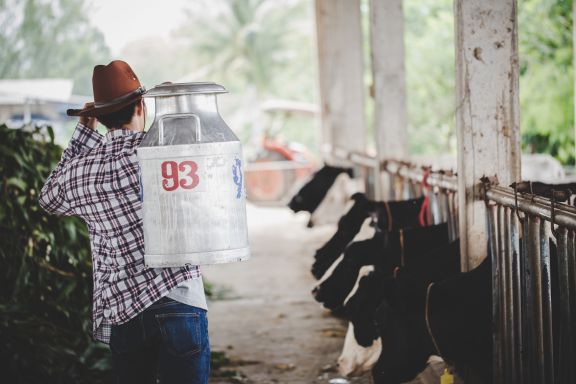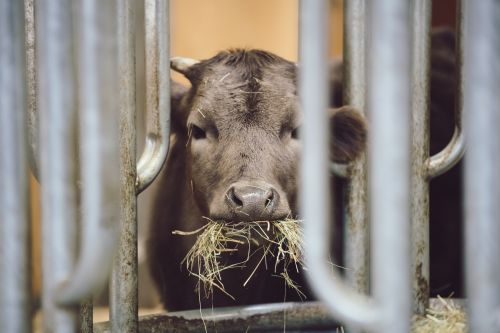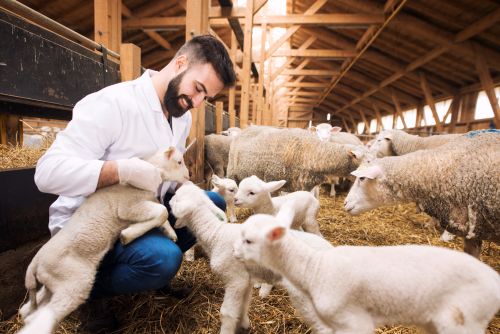552

Romania’s dairy industry is going through one of the most difficult periods of the past decade, not due to production or demand, but because of the lack of specialized labor. From processing and quality control technicians to operators on automated lines, the shortage of personnel has become a structural issue, directly impacting competitiveness and the quality of finished products.
According to INS data, in 2024 the number of employees in the dairy industry dropped by more than 14% compared to 2020, while the average age of the remaining workforce exceeds 47 years. Eurostat confirms the same trend at the European level, but in Romania the effects are more acute, as professional migration to Western countries continues and the educational system no longer produces enough specialists in the field.
“We have investments, we have markets, but we no longer have people to work in the factories. This is the biggest structural problem of the food industry,” said Florin Barbu, Minister of Agriculture, in a recent interview with the specialized press.
Moreover, the automation of processing lines, though necessary, does not entirely solve the crisis. According to FAO and IDF, the digitalization of the dairy industry has increased productivity by 18–20% in Europe, but at the same time has created a need for employees with advanced technological skills. In Romania, only 22% of processing units have staff trained to operate automated equipment, according to MADR data.
The World Bank warns that the lack of qualified human capital may limit Romania’s access to European value chains. At the same time, major companies in the sector report significant difficulties in recruiting specialists for microbiological control, smart packaging, or quality management.
To counter this phenomenon, the Ministry of Agriculture announced the launch in 2025 of a pilot program for partnerships between agricultural high schools, specialized universities, and processors. The goal is to train technicians and qualified operators who can be hired directly after completing their studies.
EFSA experts emphasize that the shortage of qualified personnel affects not only productivity but also food safety. In factories facing labor shortages, internal controls and laboratory tests are delayed, which can increase the risk of non-compliance.
In the medium term, the solution depends on two strategic directions: strengthening dual education and fully digitalizing processes. A coherent combination of education, incentive-based taxation, and investment in automated technologies could stabilize the labor market in the dairy industry.
The labor crisis is not a passing issue, but a test of maturity for the entire industry. Without a coordinated response between the state, the private sector, and the educational system, Romania risks losing not only its workforce but also the competitiveness of a sector essential to the national food economy.
(Photo: Freepik)





